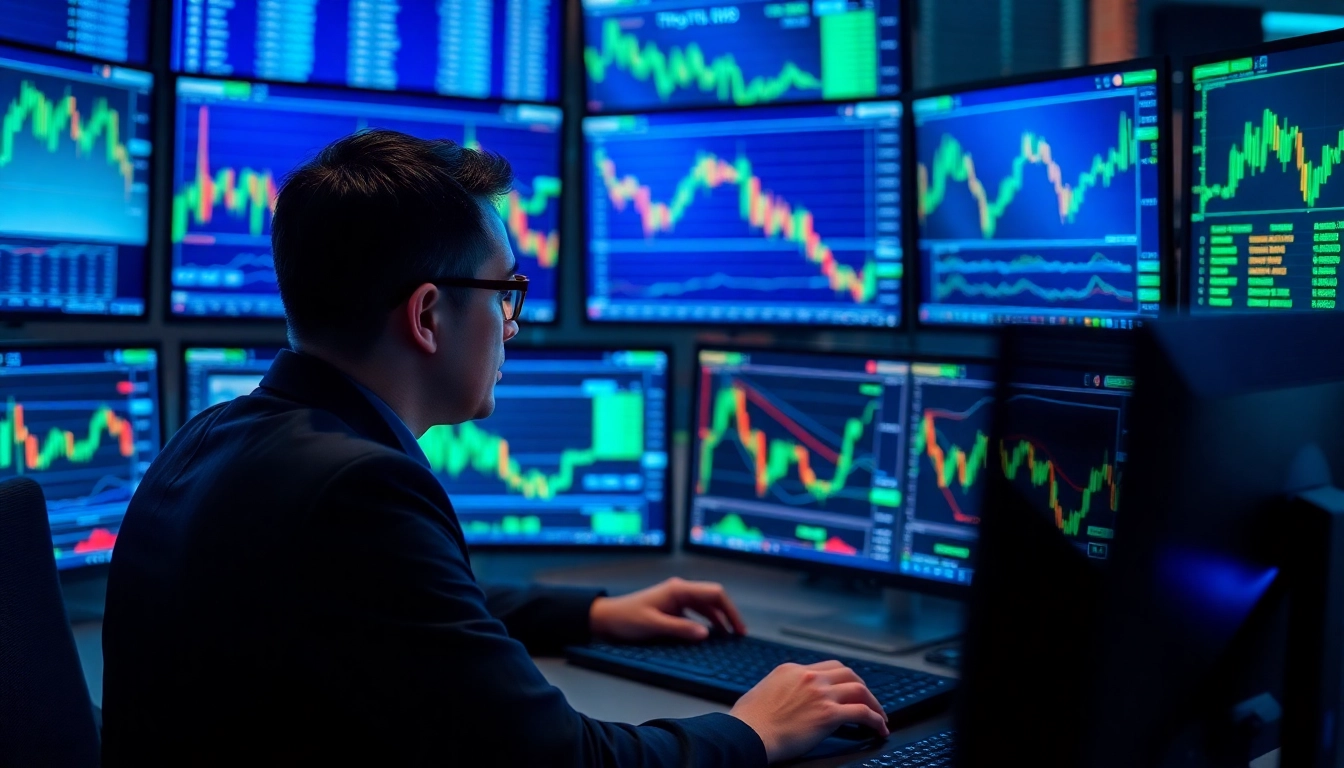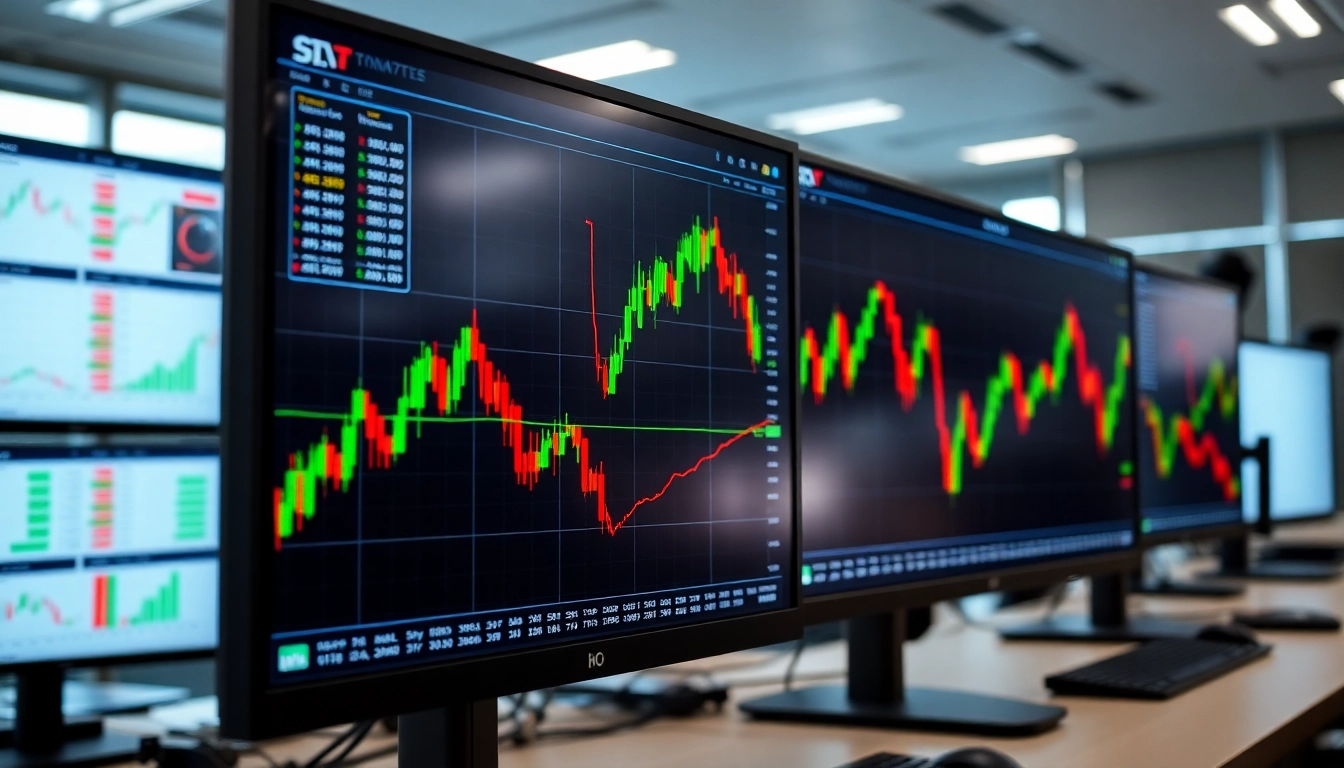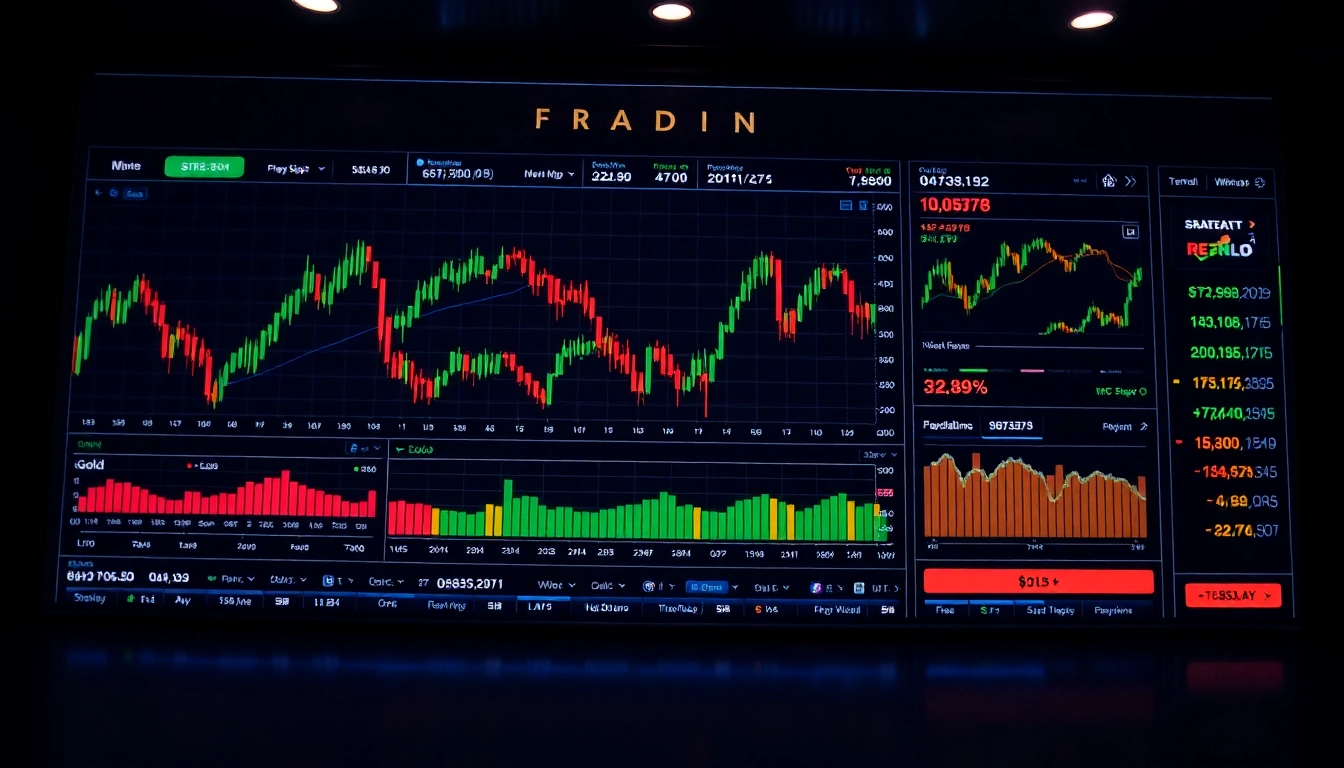Understanding the Impact of Current Forex Trading Market News on Strategic Investing
In the ever-evolving world of finance, staying abreast of Forex Trading Market News is crucial for traders and investors seeking to optimize their strategies. Over recent weeks, a confluence of macroeconomic indicators, geopolitical developments, and market sentiment has created a dynamic landscape that demands keen attention. This comprehensive analysis explores how current forex market news influences trading decisions, highlighting key indicators, geopolitical factors, recent market movements, and innovative technological tools shaping the future of currency trading.
Key Economic Indicators Influencing Forex Markets
Economic data releases serve as primary drivers in the forex trading arena. Indicators such as GDP growth, employment figures, inflation rates, and central bank interest rate decisions profoundly impact currency valuations. For instance, recent US labor data eclipsed expectations, triggering a temporary drop in the US dollar as traders recalibrated their expectations around future Federal Reserve monetary policy. Understanding how to interpret these indicators enables traders to anticipate market reactions and position themselves advantageously.
Notably, the US non-farm payrolls (NFP) report influences dollar strength, often prompting substantial movement in currency pairs such as EUR/USD and USD/JPY. Similarly, inflation data impacts bond yields and, consequently, currency values. Recently, UK inflation figures prompted reassessments of the Bank of England’s policy outlook, causing fluctuations across the GBP pairs. Monitoring these indicators systematically is essential for making informed trading decisions.
How Geopolitical Events Shape Currency Fluctuations
Geopolitical tensions, trade negotiations, and policy changes constitute significant external factors that can disrupt or bolster currency markets unexpectedly. For example, recent global trade tensions, including US-China relations and European political developments, have heightened market volatility. The US-Fed feud, with calls for resignations and policy debates, exemplifies how political rhetoric can influence investor sentiment, often leading to sharp currency fluctuations.
Moreover, sanctions, conflicts, or changes in international trade agreements frequently cause safe-haven currencies like the US dollar and gold to appreciate, while riskier assets may depreciate. Understanding the geopolitical landscape helps traders hedge against uncertainties and develop strategies that capitalize on these movements, such as utilizing options or position sizing to manage risk effectively.
Analyzing Recent Forex Market Movements
The recent forex sessions showcased notable volatility, driven by both macroeconomic data releases and geopolitical developments. The US dollar weakened marginally against major currencies following softer employment data, yet it gained on rate cut hopes amid fears of economic slowdown. Conversely, the euro appreciated slightly, buoyed by optimistic eurozone manufacturing figures and lower US dollar strength.
Major currency pairs such as EUR/USD and USD/JPY experienced fluctuations reflecting this complex interplay. In parallel, the Japanese yen and Swiss franc, traditionally regarded as safe assets, saw gains amid global economic tensions. Recognizing these patterns and high-impact news releases provides traders with opportunities to execute timely trades aligned with emerging trends.
How Forex Trading Market News Affects Investor Decisions
Interpreting news reports for trading cues
Effective trading hinges on the ability to swiftly interpret news reports. For instance, a surprise rise in unemployment could signal economic weakness, prompting a sell-off in the national currency. Conversely, positive manufacturing data might bolster investor confidence, resulting in currency appreciation. Traders routinely analyze economic calendars and news feeds to identify potential entry and exit points.
Assessing market volatility driven by news events
Major news releases often cause increased volatility, presenting both opportunities and risks. Post-data release, markets can move sharply within minutes or seconds. Utilizing tools like volatility indices (e.g., VIX) and setting appropriate stop-loss and take-profit orders can help manage these rapid moves, ensuring that traders remain protected against sudden adverse swings.
Managing risk with timely market updates
Timely updates enable traders to adapt their strategies quickly. Automated alerts for economic releases, geopolitical developments, or unexpected news enable proactive decision-making. Moreover, diversifying positions and employing risk management tools such as hedging and position sizing are essential to mitigate potential losses during volatile news-driven periods.
Utilizing Forex Market News for Strategic Trading
Developing trading plans based on news forecasts
A disciplined approach involves incorporating forecasts into trading plans. Analysts and economic models predict potential market outcomes, allowing traders to time entries aligned with anticipated movements. An example includes positioning ahead of central bank meetings whose decisions are widely forecasted, thus maximizing the probability of favorable trades.
Incorporating technical analysis with news data
Combining fundamental news insights with technical analysis creates a robust trading framework. For instance, a currency pair trading near support or resistance levels could trigger buy or sell signals when accompanied by favorable economic news. This layered approach reduces reliance on a single indicator and enhances decision accuracy.
Tools and platforms to stay updated on Forex news
Modern traders leverage a multitude of platforms, including economic calendars, real-time news feeds, and analytics tools. Integrating news aggregators like Bloomberg, Reuters, or specialized trading platforms (MetaTrader, TradingView) enables rapid access to pertinent updates, forming the backbone of an effective trading routine.
Case Studies: Successful Trades Driven by Forex Trading Market News
Example of currency rally following economic report
In early 2023, a robust US employment report led to an immediate rally in the US dollar, prompting traders who anticipated strong data to position beforehand. The swift reaction exemplifies the importance of monitoring and anticipating news to maximize gains, especially when combined with technical signals indicating breakout opportunities.
Lessons from market drops caused by geopolitical tensions
During escalating tensions in Eastern Europe, risk-off sentiment caused the euro and emerging market currencies to decline sharply. Traders who monitored geopolitical developments and employed stop-loss orders minimized damages. This underscores the need for vigilance and adaptive trading plans during unpredictable geopolitical events.
Strategies used in recent high-volatility news events
During a recent US Federal Reserve rate decision, traders employed a range of strategies, including straddle options, to capitalize on expected volatility. Such measures allowed trading in either direction without exposed losses. The key takeaway is to prepare for volatility by employing advanced order types and risk controls.
Future Outlook: The Role of Real-Time News in Forex Trading
Emerging technologies for instant market updates
Technologies like AI-powered news aggregators and natural language processing enable traders to receive real-time insights and sentiment analysis. These tools sift through massive data, highlighting market-moving news instantaneously, thus reducing lag time and enhancing decision-making speed.
Impact of AI and data analytics on news-driven trading
AI models now predict market reactions based on historical data and current news, assisting traders with probability assessments. For example, machine learning algorithms analyze geopolitical events and economic releases to forecast currency movements, empowering traders to act proactively rather than reactively.
Preparing for upcoming economic releases and market shifts
Forward-looking traders utilize economic calendars, geopolitical news alerts, and sentiment indexes to prepare strategies ahead of key releases. Pre-positioning, coupled with tight risk management, ensures traders are positioned advantageously during volatile periods, optimizing potential returns.



